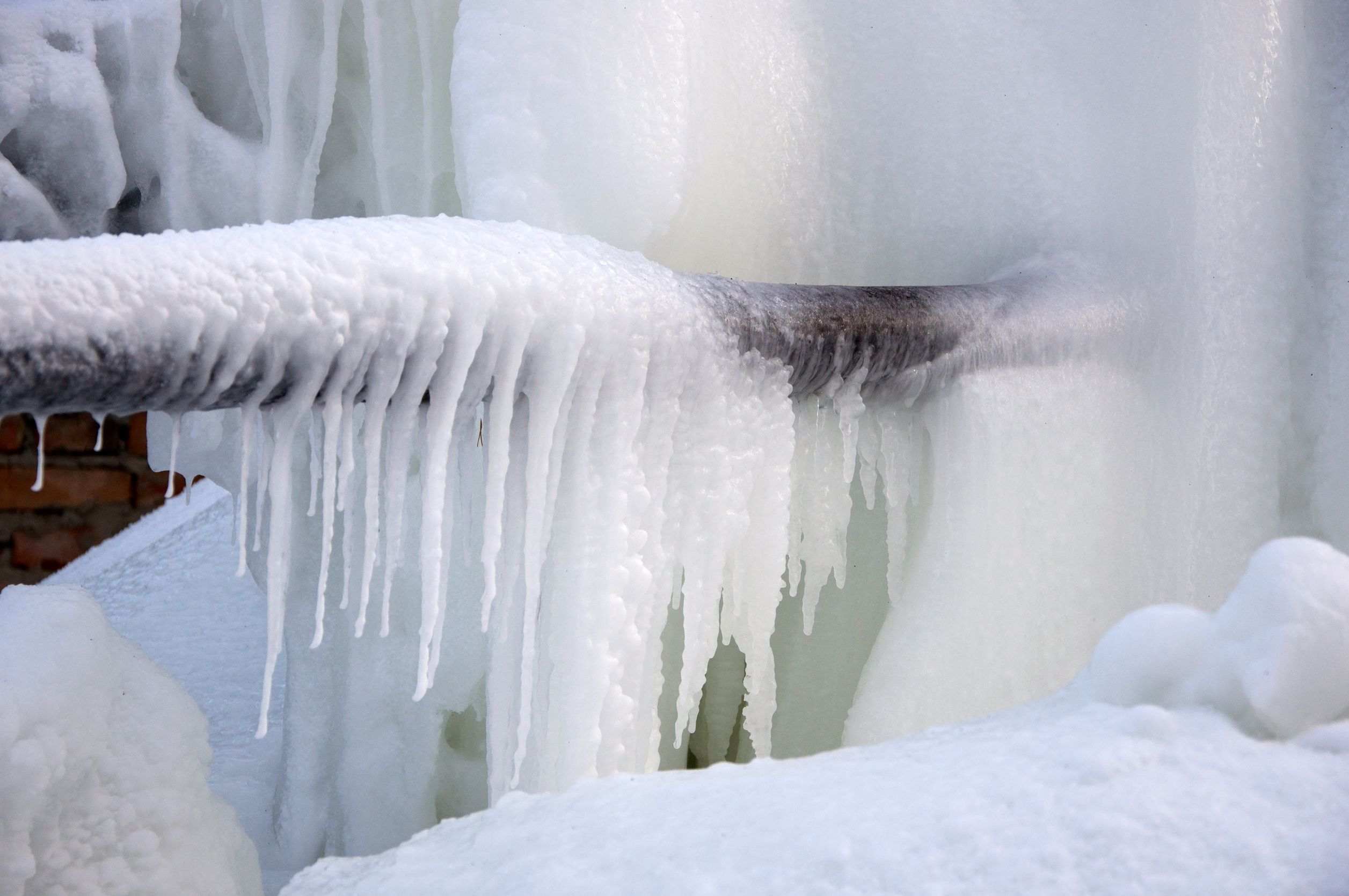Preventing Frozen Pipes in Cold Weather: Expert Advice
Preventing Frozen Pipes in Cold Weather: Expert Advice
Blog Article
We've found this article on Preventing and dealing with frozen pipes directly below on the net and reckoned it made sense to discuss it with you in this article.

Cold weather can wreak havoc on your plumbing, particularly by freezing pipelines. Here's just how to avoid it from happening and what to do if it does.
Intro
As temperature levels decrease, the threat of frozen pipelines increases, potentially causing costly repair services and water damage. Comprehending how to stop icy pipes is vital for homeowners in chilly environments.
Understanding Frozen Pipes
What triggers pipes to freeze?
Pipelines ice up when revealed to temperature levels listed below 32 ° F (0 ° C) for expanded durations. As water inside the pipes freezes, it increases, taxing the pipe walls and possibly causing them to break.
Dangers and damages
Frozen pipelines can result in supply of water interruptions, building damages, and expensive repair work. Ruptured pipes can flood homes and create considerable architectural damage.
Signs of Frozen Pipeline
Identifying icy pipelines early can avoid them from bursting.
Just how to determine frozen pipelines
Look for lowered water flow from taps, unusual smells or noises from pipelines, and visible frost on revealed pipes.
Avoidance Tips
Shielding at risk pipes
Cover pipelines in insulation sleeves or use warmth tape to safeguard them from freezing temperature levels. Concentrate on pipes in unheated or outside locations of the home.
Home heating techniques
Keep interior rooms sufficiently warmed, specifically locations with plumbing. Open closet doors to permit cozy air to circulate around pipes under sinks.
Shielding Exterior Pipes
Yard pipes and outside taps
Disconnect and drain garden tubes prior to wintertime. Mount frost-proof faucets or cover outdoor faucets with shielded caps.
What to Do If Your Pipelines Freeze
Immediate activities to take
If you think frozen pipelines, keep faucets open to soothe pressure as the ice melts. Make use of a hairdryer or towels soaked in hot water to thaw pipes gradually.
Long-Term Solutions
Structural adjustments
Consider rerouting pipelines far from exterior walls or unheated locations. Add additional insulation to attic rooms, cellars, and crawl spaces.
Upgrading insulation
Invest in high-grade insulation for pipes, attics, and wall surfaces. Proper insulation helps preserve constant temperatures and decreases the risk of frozen pipes.
Conclusion
Avoiding frozen pipes requires proactive steps and quick reactions. By understanding the causes, indications, and preventive measures, homeowners can protect their pipes during cold weather.
5 Ways to Prevent Frozen Pipes
Drain Outdoor Faucets and Disconnect Hoses
First, close the shut-off valve that controls the flow of water in the pipe to your outdoor faucet. Then, head outside to disconnect and drain your hose and open the outdoor faucet to allow the water to completely drain out of the line. Turn off the faucet when done. Finally, head back to the shut-off valve and drain the remaining water inside the pipe into a bucket or container. Additionally, if you have a home irrigation system, you should consider hiring an expert to clear the system of water each year.
Insulate Pipes
One of the best and most cost-effective methods for preventing frozen water pipes is to wrap your pipes with insulation. This is especially important for areas in your home that aren’t exposed to heat, such as an attic. We suggest using foam sleeves, which can typically be found at your local hardware store.
Keep Heat Running at 65
Your pipes are located inside your walls, and the temperature there is much colder than the rest of the house. To prevent your pipes from freezing, The Insurance Information Institute suggests that you keep your home heated to at least 65 degrees, even when traveling. You may want to invest in smart devices that can keep an eye on the temperature in your home while you’re away.
Leave Water Dripping
Moving water — even a small trickle — can prevent ice from forming inside your pipes. When freezing temps are imminent, start a drip of water from all faucets that serve exposed pipes. Leaving a few faucets running will also help relieve pressure inside the pipes and help prevent a rupture if the water inside freezes.
Open Cupboard Doors
Warm your kitchen and bathroom pipes by opening cupboards and vanities. You should also leave your interior doors ajar to help warm air circulate evenly throughout your home.

We had been made aware of that editorial about Preventing and dealing with frozen pipes from an acquaintance on another domain. Sharing is caring. Helping people is fun. Many thanks for being here. Don't forget to visit our site back soon.
Give Me A Quote! Report this page